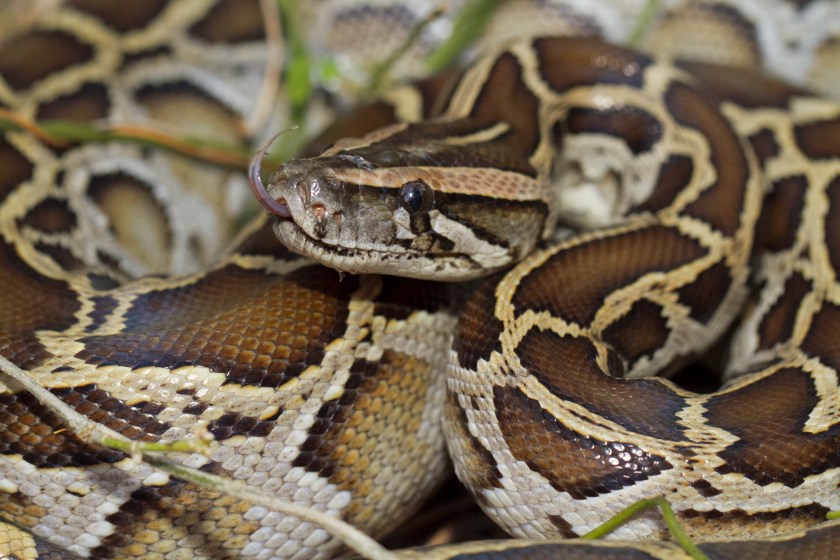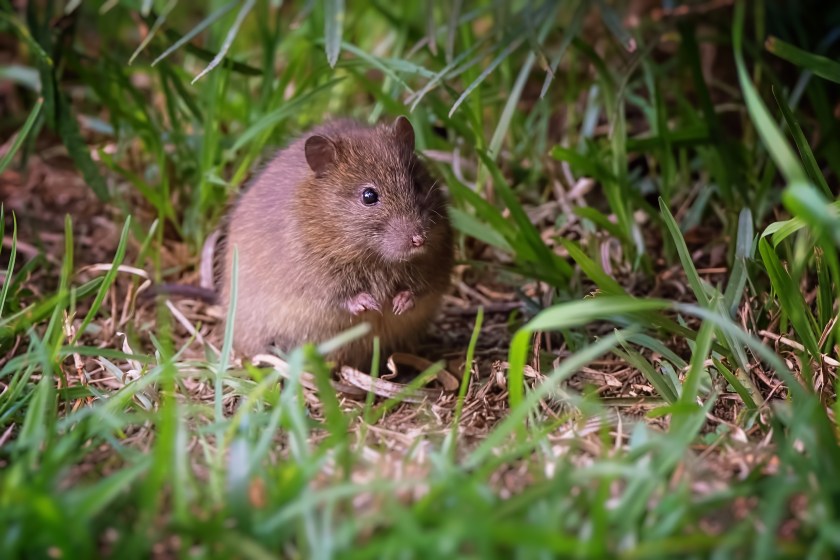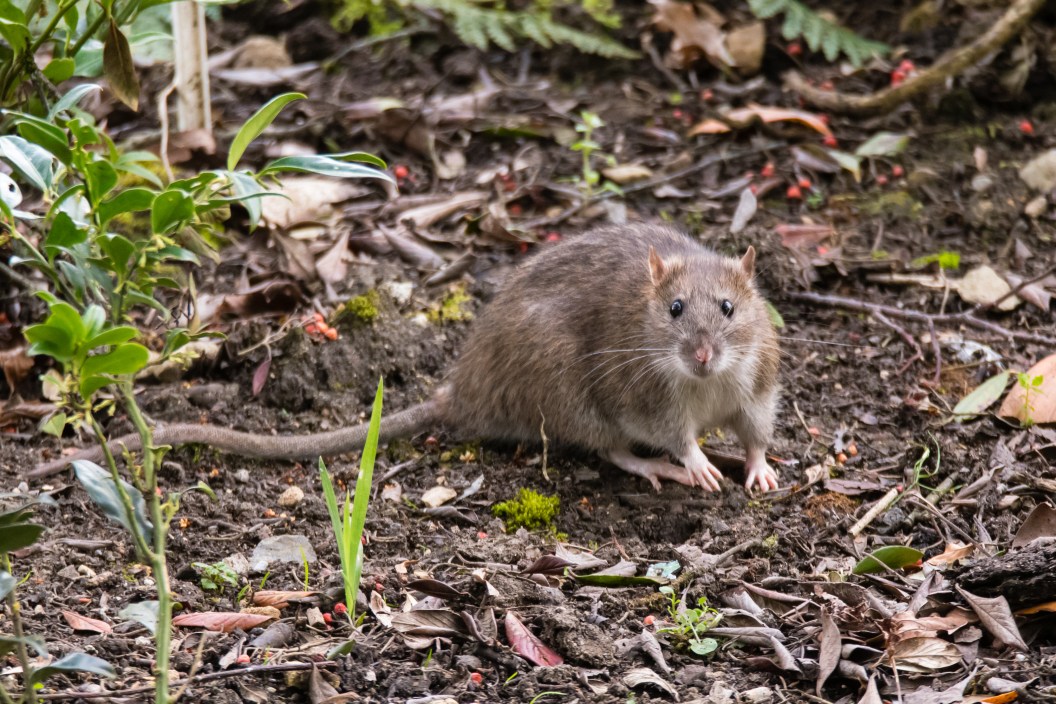Rats are taking over portions of the Florida Everglades, in part by thanks to invasive Burmese pythons having decimated their predators, according to a new study published in the Journal of Mammalogy.
Uncontrolled rat populations not only mess with the local ecosystem but also pose a threat to human health as the critters carry a handful of diseases.
How Rats Came to Power

dwi septiana/Getty
After the first confirmed python was discovered in Florida in 1979, the Burmese python population has skyrocketed in the state over the last few decades. There is now an established population estimated at more than 100,000. To grow, Burmese pythons preyed on birds, reptiles, deer, and small mammals—often to the point of rapid population decline or near extinction.
But in that decimation, Florida's cotton rat population has thrived. This is largely because those same invasive snakes that have essentially taken out the cotton rat's predators.
In the new study, researchers at the University of Florida trapped and fitted 115 cotton rats with transmitters and then released them back into the wild. Of those, 34 were released in a low python population area while 81 went to a high python population area.
The rats were tracked every 48 hours. If a rat was found dead, data was collected about the predator involved. If it was suspected that a rat had been swallowed, the team analyzed nearby scat and regurgitated remains for rat DNA.
What they found was that in areas where pythons have had a devastating effect on the populations of larger mammals—such as bobcats and foxes—the rats were able to take over.
This created an ecosystem where cotton rats dominate the community, lead researcher Robert McCleery, an associate professor of wildlife ecology and conservation at the University of Florida, told LiveScience. This cause-and-effect relationship is referred to by wildlife biologists as a trophic cascade.
The Problem with Too Many Cotton Rats

tracielouise/Getty
The hole that's left from the larger mammal's disappearing is hard to fill; rats are poor substitutes. Rabbits, for example, play a key role in seed dispersal. Other species fulfill other roles in the Everglades ecosystem, including nutrient cycling and scavenging. The collapse of large- and medium-size mammal populations in the Everglades will continue to impact important ecosystem processes for the foreseeable future. Cotton rats are simply unable to replicate the contributions to the environment that other species provide.
What's more, cotton rats spread disease, so more of them means a higher risk for humans.
The rodents are known carriers for hantavirus and Everglades virus. In a different study, researchers found that in the absence of other mammals, mosquitoes in some parts of the Everglades now mainly target cotton rats, thus transferring disease that can be passed to humans via mosquito bites.
READ MORE: Here Are the States Where It's Illegal to Kill Snakes




